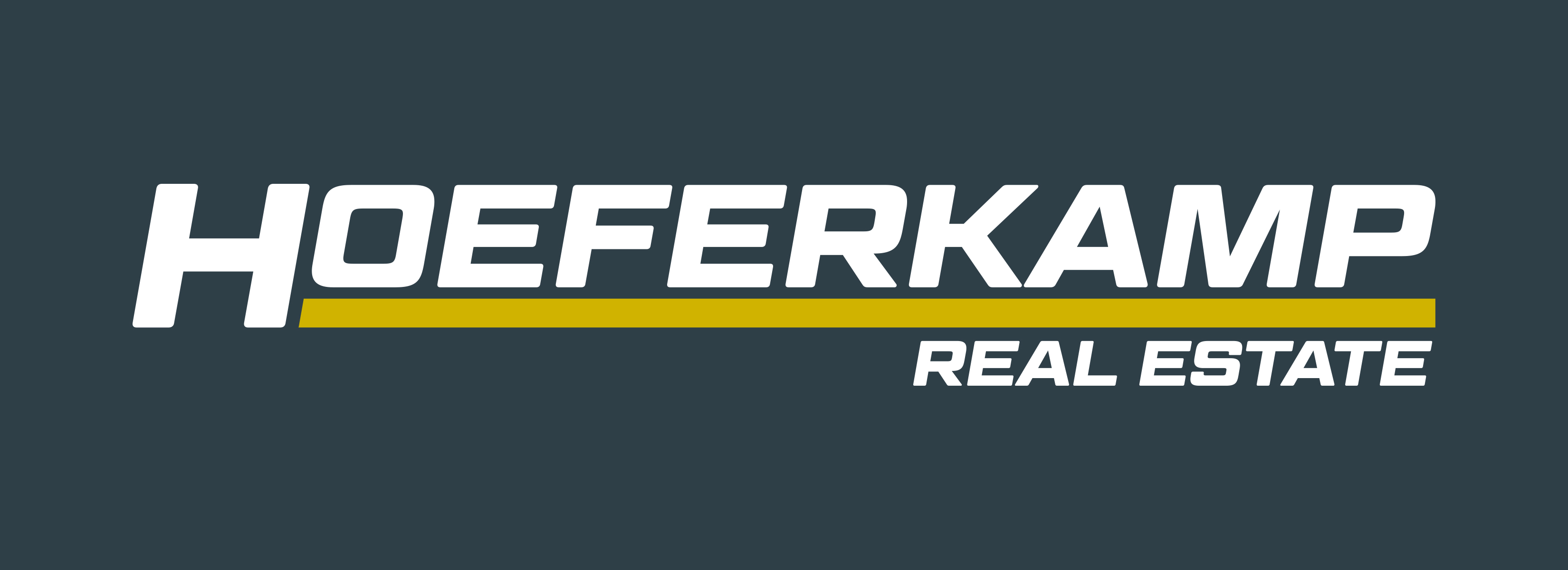Here is a rundown on how 2018 was for the St Louis housing market:
We began the year hot with low inventory and rising prices, leveling off thru summer, than losing some steam in the fall. STL Metro has been on a steady upward price climb since 2012, and kept the pace up with a 4.9% appreciation rate for 2018 and an average price of $245,800 (homes and condos). Last January, I accurately predicted “an increase of 5%, maybe 6%” due to the strengthening economy and low unemployment. The number of sales, however, dipped by 1.2%, likely caused by the tight supply. Average and median days-on-market dropped again, now at 42 and 14 days respectively. Months of Inventory (ratio of homes on market to rate of sales) indicating supply, also dropped, now at 2.4 months.
Zeroing in on the 7 submarkets, North County led the pack with a 9.0% price gain! This time, their greatly improving supporting stats backed up their gain, likely due to being the lowest average price in the region at $103,650, and buyers taking advantage of the affordability factor. West County surged back in 2018 with a 5.6% price gain, after a lackluster 2017. They are still working off some high days on market and home supply, but easily hold onto the 2nd highest price average with $356,343. The South County region, as I also predicted last year, came on strong with a 5.2% price gain with their $203,300 average, and among the best indicators. St Charles lost some headway and clocked in at a 4.2% rise ($246,125 ave) after 2 successive years of 5.5%. Although their supporting stats are still the best in 2 other categories, the percent change was smaller there too. The Central Corridor (mid STL County) slipped to a 3.8% gain, but still have the highest prices in the Lou at $415,872 average. Their stats are mid-range but impressive at those prices, which tend to take longer to sell. STL City (3.5% up) and Jefferson County (3.6% up) rounded out the region with respectable price increases and very similar prices, $183,200 and $181,800. Jeff Co holds onto the distinction of the highest inventory and coming off their price the 2nd least, only .6% (St Charles .4%). The city holds large disparities, with some neighborhoods being pricey and in demand, while others only blocks away may languish, creating more opportunities but with risk.
What does 2019 hold in store for St Louis? We ended 2018 with a shaky stock market, the federal government at odds, volatile interest rates (lower right now!), and very low unemployment but ticking up. I feel confident about our region’s outlook as we continue to import tech and entrepreneurial jobs, rebuild many areas of the city and county while cracking down on crime, and not taking ourselves too seriously. If we grow, great! If we don’t, that’s OK too, as evidenced year after year by our strong support for charitable causes, cultural institutions, sports, education, and the arts. I predict this year will see a 3% increase in home prices, as the cycle is wearing thin. Sellers can take advantage of the significant runup in prices the last 7 years, and buyers can take advantage of still-historically low mortgage rates, and home prices among the lowest of any major metro area in the country.

